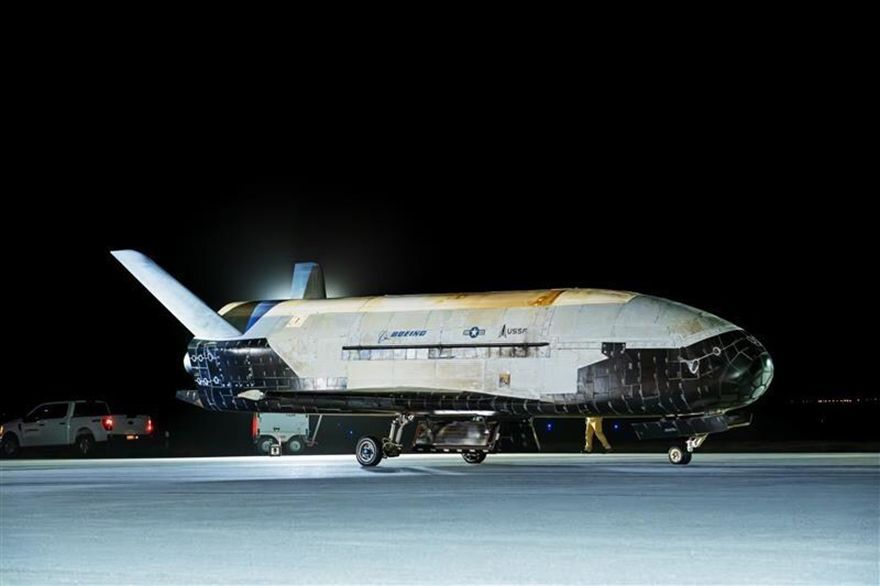 Image courtesy of the US Space Force
Image courtesy of the US Space ForceLess than six months after completing its seventh mission with a landing at
Vandenberg Space Force Base in California back in March, the Boeing X-37B returned to space once again on 21 August. The latest mission includes a
Boeing integrated service module to increase payload capacity for experimentation activities in orbit.
Michelle Parker, vice president of Boeing Space Mission Systems, said: “Our role is to make sure the spaceplane is the most reliable testbed it can be. None of this happens without teamwork. Launch is the starting line for this mission, but the work that follows – the quiet, methodical work on orbit, analysis and eventual return is where progress is earned.”
The X-37B is hosting several technology demonstrations from government partners on this mission, including laser communications and a quantum inertial sensor designed to support navigation when GPS is unavailable. On its previous mission, the vehicle executed a first of its kind aerobraking manoeuvre to change orbits while conserving propellant.
Colonel Brian Chatman, installation commander for
Space Launch Delta 45, said: “Having a returnable space platform allows us to learn faster. The data we gather from the X-37B speeds decisions, hardens our architectures, and helps guardians stay connected and on course even in contested environments. This is how we move from promising ideas to fieldable capability at pace.”
The X-37B is a government–industry partnership led by the US Air Force Rapid Capabilities Office, with the
US Space Force overseeing operations. Boeing teams primarily based in Seal Beach, California, and Kennedy Space Center, Florida, design, build, integrate and operate the re-usable spaceplane. Since first flight in 2010, the orbital test vehicle has completed seven missions and accumulated more than 4,200 days in space, returning after each flight for inspection and augmentation.